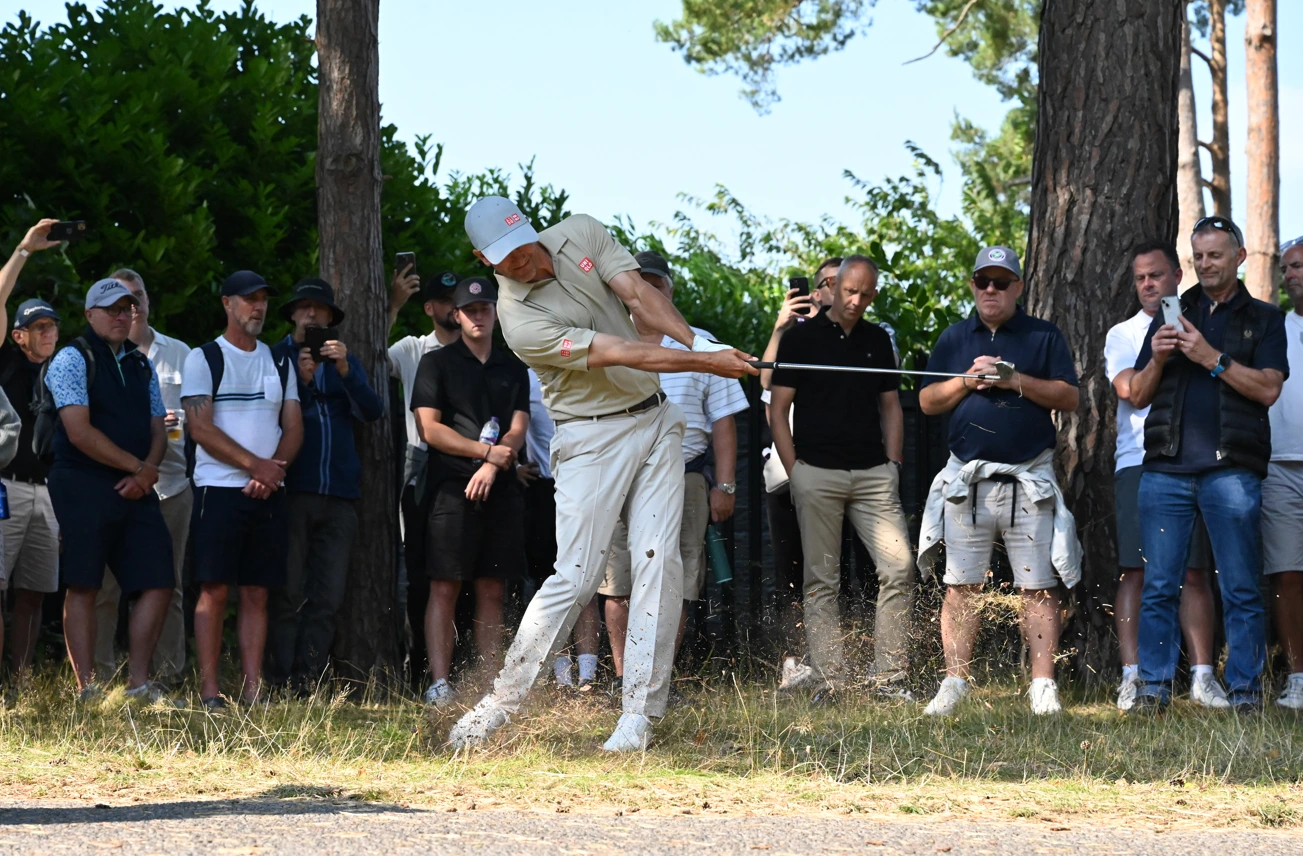The Problem with Randomly Choosing a Putter
Tom Morton, director of the Player Performance Studio at Haggin Oaks Golf Super Shop, estimates that only about 25% of golfers use a putter suited to their stroke and setup—and often that’s just by chance. Golfers frequently choose putters based on comfort, what they see pros using, or even just what catches their eye after a frustrating putting experience. But choosing a putter based on instinct alone may lead to poor performance on the greens.
To maximize putting success, golfers should view the process scientifically. Although professional fitting is ideal, here are some insights to help golfers make a more informed putter choice.
Key Putter Variables to Consider
Just like drivers, putters involve critical specifications—loft, length, and lie angle—that impact performance. Getting these right can improve a golfer’s alignment, setup, and stroke consistency.
- Loft: Putter loft is essential to getting the ball rolling smoothly off the face. Golfers with a forward press in their stroke (pushing hands toward the target at impact) need more loft to prevent driving the ball into the ground. Conversely, those with a neutral shaft angle need less loft to maintain proper roll.
- Length: The length of your putter determines eye position, which influences alignment. If a putter is too short, the golfer’s eyes may sit outside the target line; if it’s too long, they may fall inside the line. Ideally, eye position should be just inside the target line. The correct length often helps achieve the proper lie angle, though it’s not guaranteed.
- Lie Angle: According to putting expert Dave Pelz, many golfers end up with putters that are too flat, setting up too far from the ball and causing the putter to swing in a roundabout arc. This setup forces golfers to aim to the right of the target. A lie angle that’s too upright can lead to aiming left. Ensuring the right lie angle promotes a more natural stroke and better alignment.
Matching Putter Style to Your Stroke Type
Golf strokes vary widely, and a putter should be selected based on stroke type. According to research by Ping, golfers with a strong arc (open-to-closed path) benefit from a toe-hang putter, usually found in heel-shafted blades. Meanwhile, face-balanced putters (often mallets or center-shafted designs) work better for players with a straight-back, straight-through stroke.
These are guidelines, however; golfers should experiment with different putter styles to confirm what suits them best.
Feel, Alignment, and Head Shape
Feel is crucial in putting, and golfers should test putters with the ball they usually play. Subtle differences in sound and sensation on impact can influence confidence and consistency on the greens.
The head shape and alignment lines on a putter also play a significant role in aiming. Certified fitter Pat Snyder notes that the design of alignment aids helps guide the golfer’s eye, directly impacting stroke path and aim. Understanding why certain lines or shapes appeal can help golfers choose a putter that naturally aids their stroke.
Taking a Scientific Approach
Taking a scientific approach to selecting a putter—focusing on loft, length, lie angle, stroke compatibility, and alignment—will likely lead to a better fit. The right putter not only inspires confidence but can also reduce the pressure of those critical six-footers on the green.




